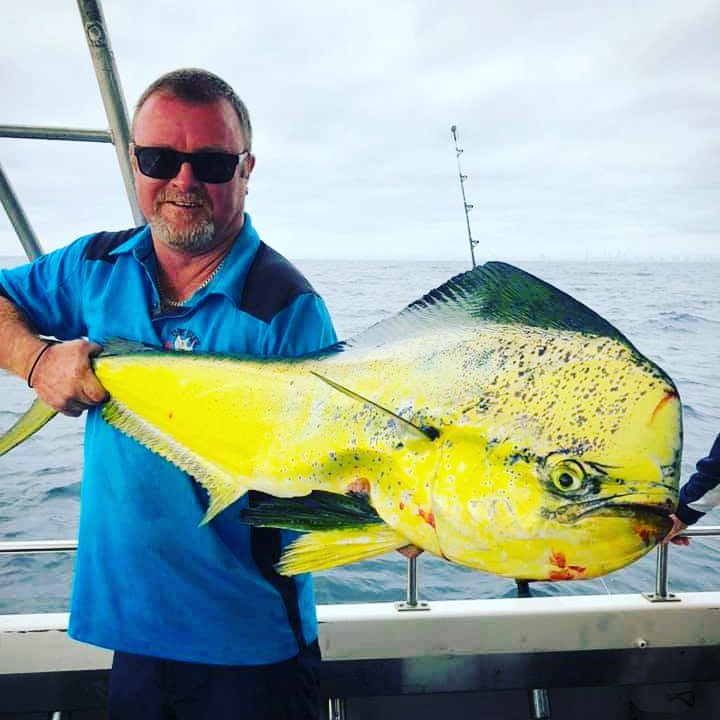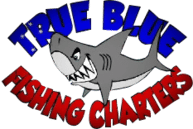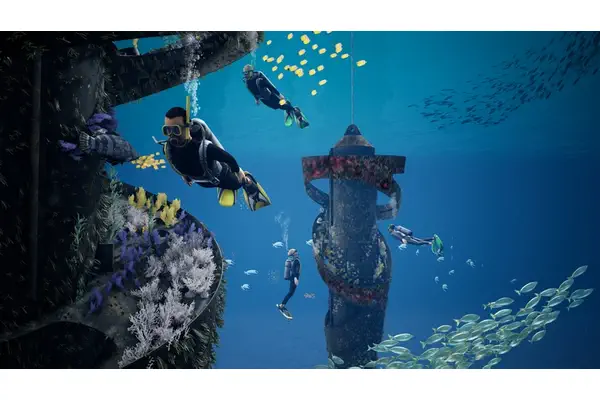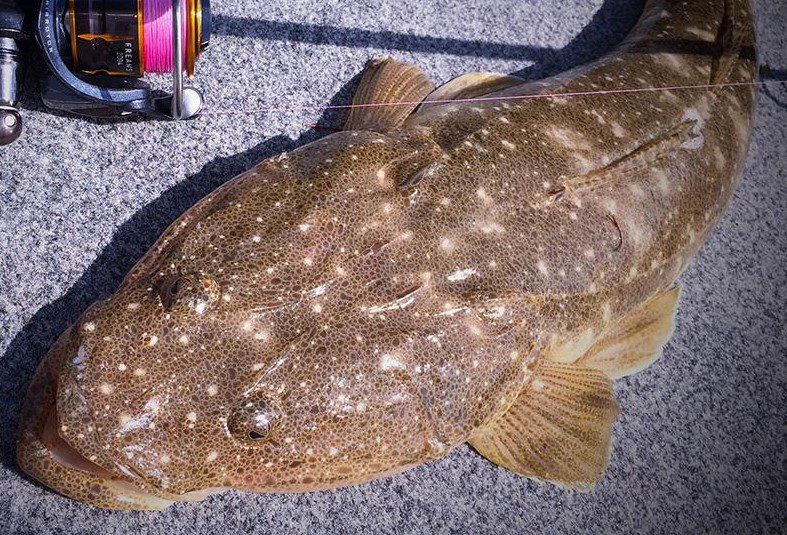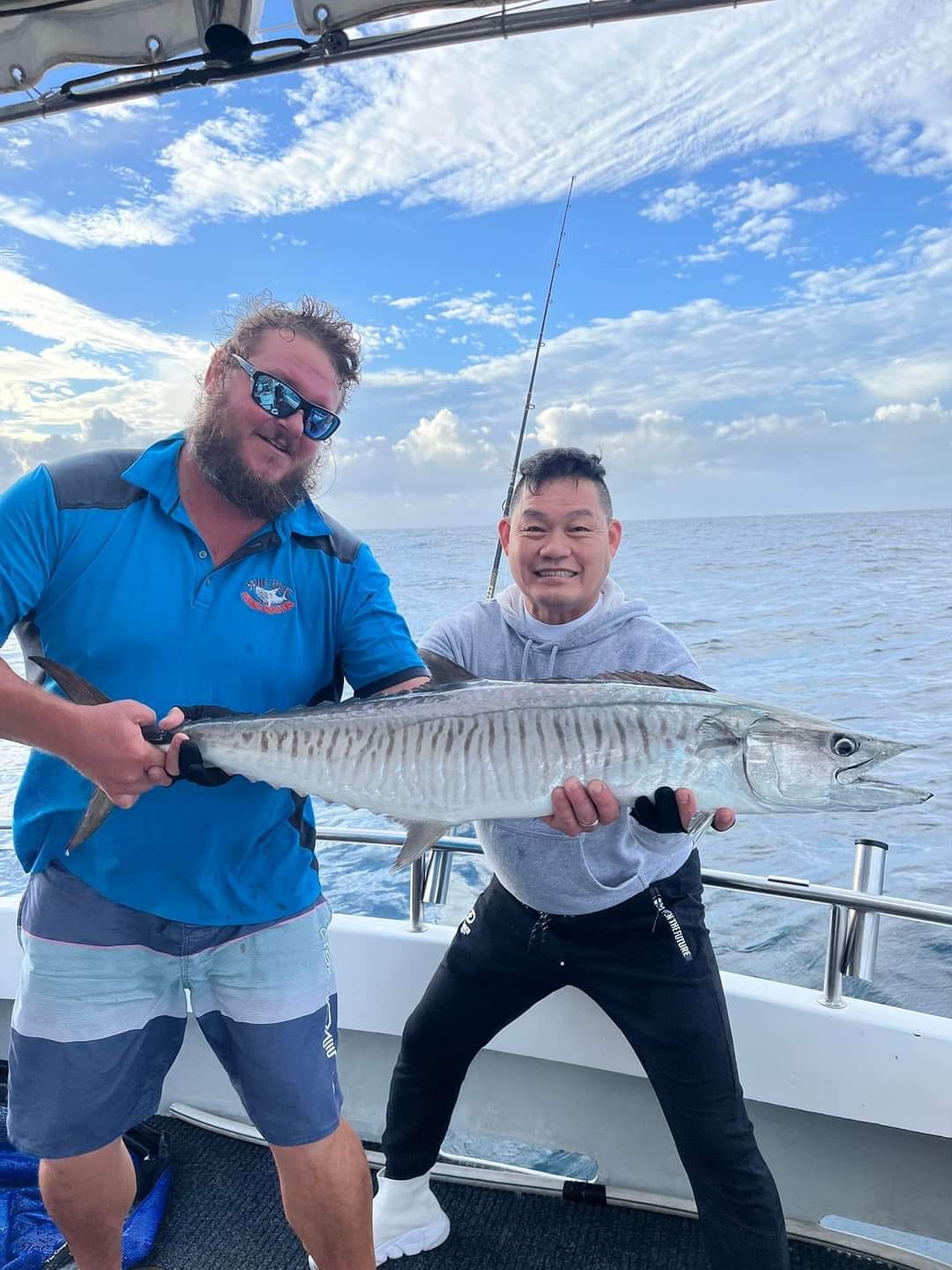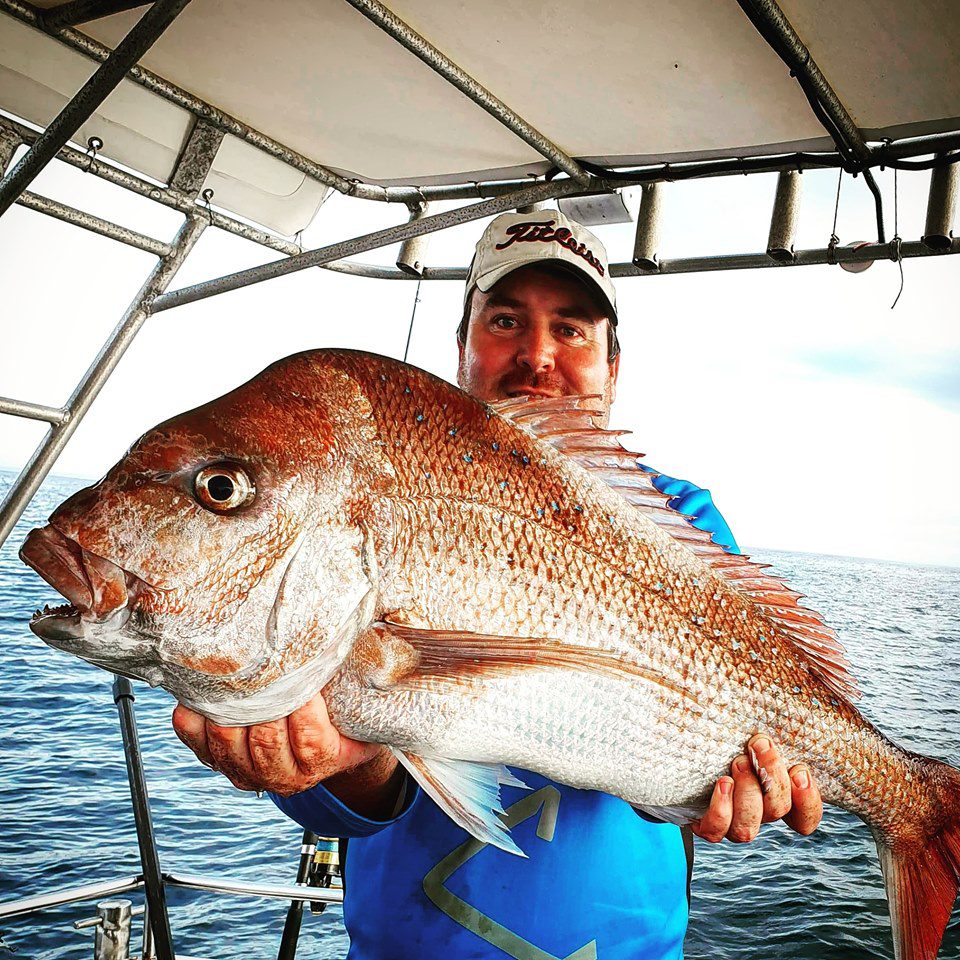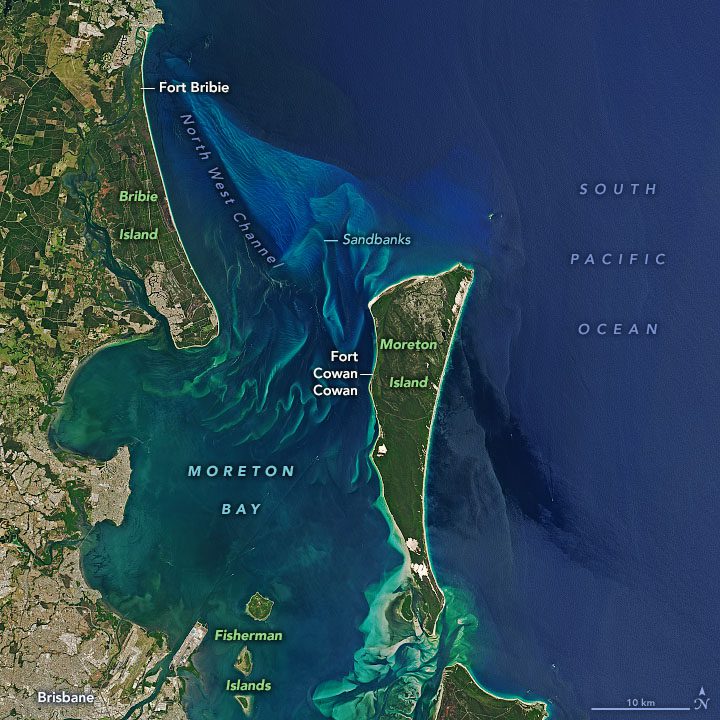Experience Mahi Mahi Fishing on the Gold Coast
Mahi-mahi fishing on the Gold Coast is an exciting adventure, and here’s everything you need to know about this amazing sport. Contrary to popular belief, Mahi-mahi is not related to dolphins but is often referred to as Dolphin fish or Dorado. The English language adopted the Hawaiian word “mahi-mahi” to describe this vibrant and sought-after species.
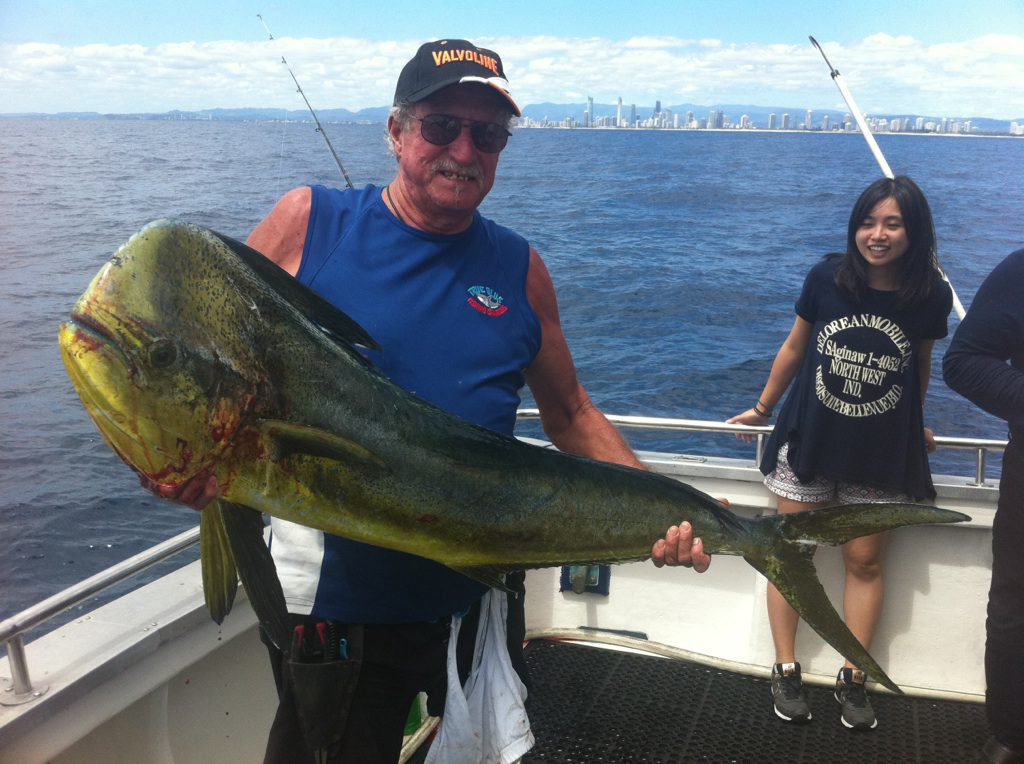

Mahi Mahi Habitat and Characteristics
During the summer months, you can find large Mahi mahi off the Gold Coast. These remarkable fish have a relatively short lifespan, typically living for 4 to 5 years, but they grow rapidly. The average catch size ranges from 4 to 13 kilograms (15 to 29 pounds), with larger specimens reaching up to 15 kilograms (33 pounds). Mahi-mahi over 18 kilograms (40 pounds) are considered true monsters.
Mahi-mahi boasts streamlined bodies with dorsal fins that stretch almost the entire length of their bodies. They are easily recognized by their distinctive blunt head shape and stunning colors: a golden hue on their sides, complemented by vibrant blues and greens on their sides and back. Mature males exhibit prominent foreheads that protrude above their bodies, while females have rounded heads and are typically smaller than males.
Feeding Habits
Mahi-mahi are voracious carnivores, preying on various smaller fish species such as slimy mackerel, yellowtail scad, pilchards, and flying fish. Their hunting grounds often coincide with warm ocean currents, making them a fascinating and challenging catch for anglers.

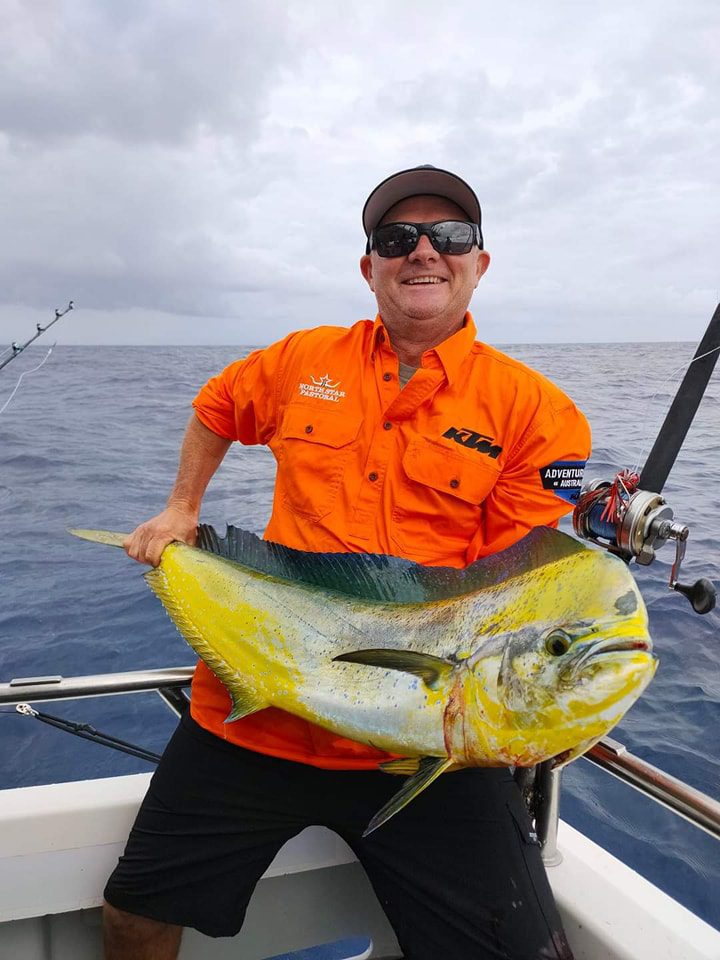
Mahi Mahi Fishing Techniques
When embarking on Mahi mahi fishing charters in Surfers Paradise, keep an eye out for floating debris, working sea birds, and current lines near the edge of local reef systems, usually in waters ranging from 18 to 50 fathoms deep. Mahi-mahi, like many other pelagic species, tend to congregate near debris like floating logs, palm fronds, or kelp weed. Additionally, lines and buoys around fish traps act as attractive features for these fish.
For successful Mahi mahi fishing, equip yourself with 10 to 15-kilo tackle. While some prefer overhead reels, spinning gear is often the weapon of choice. Overheads excel in trolling for Dolphinfish. You can employ various techniques, including trolling, spinning, live baiting, dead baiting, and float lining, to catch Mahi-mahi. They are particularly responsive to small to medium skirt lures in various colors towed at speeds of 6-8 knots. Often, you’ll find them as bycatch while trolling for Tuna or Marlin.
During the months of December, January, and February, you can also have great success using live yellowtail and slimy mackerel as bait. These live baits should be set at different depths below balloons and fished along a current line. If live bait isn’t available, try floating unweighted pilchards down a burley trail, as this can also be highly effective. Mahi-mahi are attracted to burley and may swim right up to the back of the boat in massive schools. When this happens, you can easily flick baits or spinners straight to them.
Book Your Gold Coast Mahi Mahi Fishing Adventure
If you’re eager to experience the thrill of Mahi mahi fishing on the Gold Coast, don’t hesitate to book one of our exciting fishing charters. Visit our homepage to secure your spot and have a chance to catch these magnificent sport fish.
